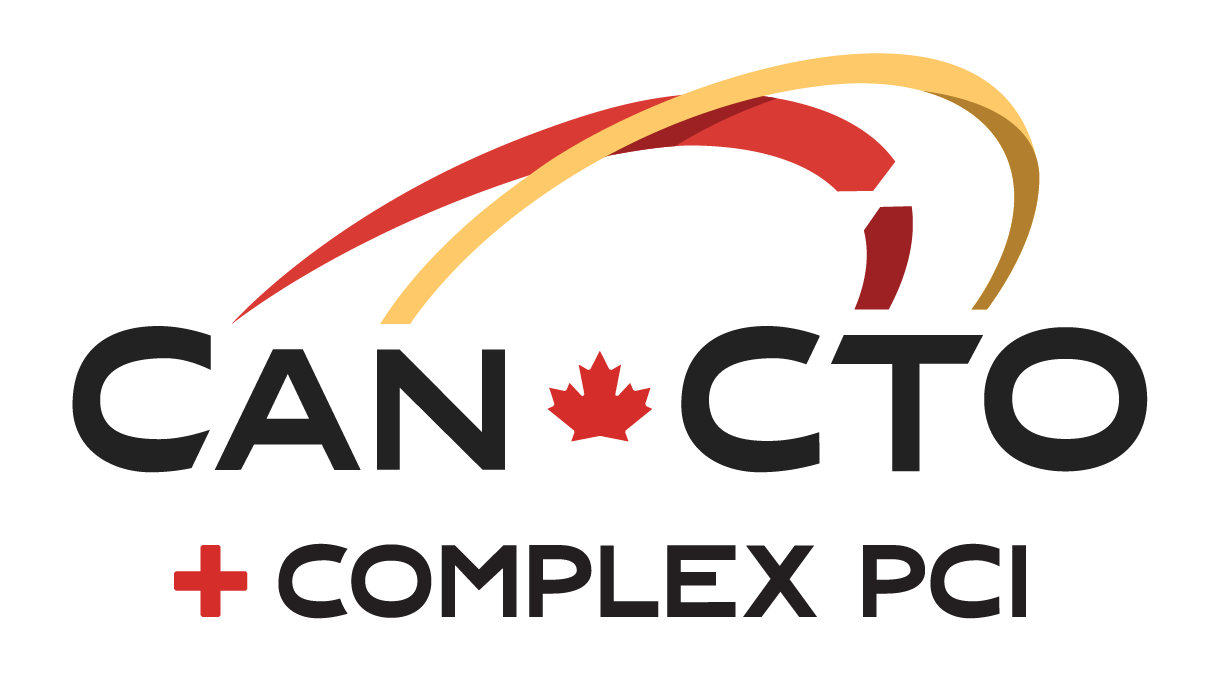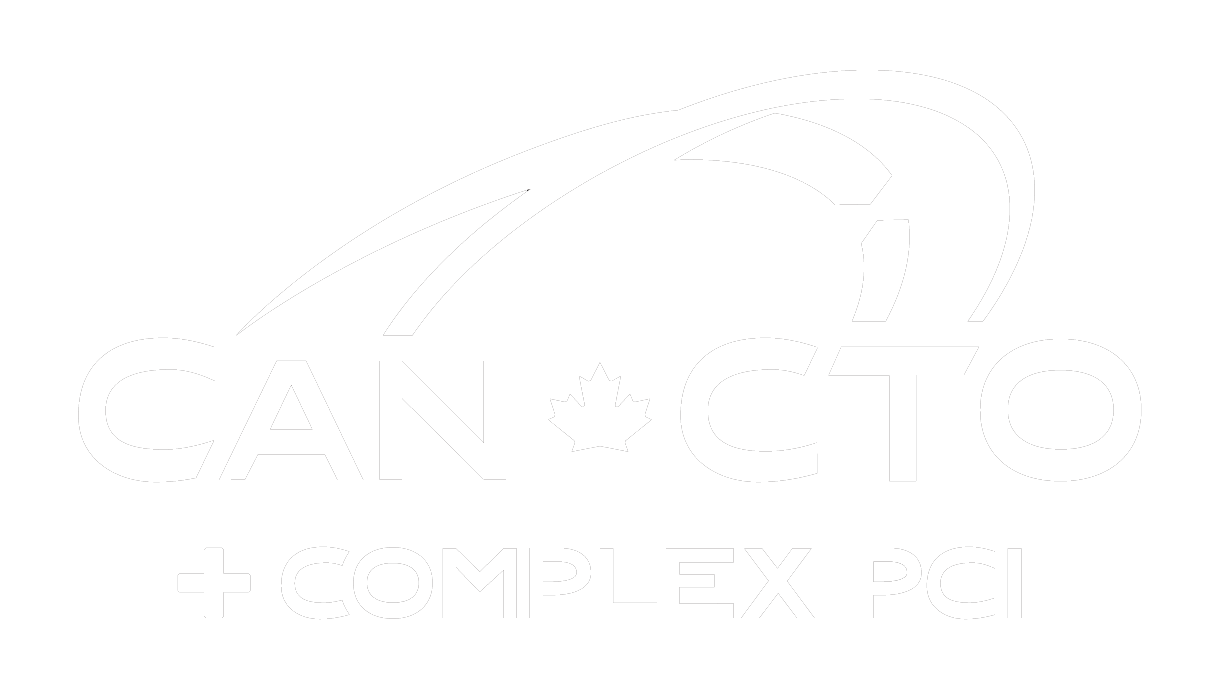CanCTO+Complex PCI is the North American reference conference dedicated to practical, hands-on peer-to-peer learning for interventional cardiologists, driven by the Canadian complex PCI community. Participants learn “how to” and “when to” use devices, techniques and coronary imaging through a combination of workshops, live cases and succinct lectures.
ABOUT US
About CanCTO
LEADING OPERATORS
Each year they bring together a unique blend of leading Canadian and international operators as faculty to present an exceptional program to participants throughout Canada and the United States.
CTO & COMPLEX PCI
Keep reading to find out more about Chronic Total Occlusion (CTO) and Complex Percutaneous Coronary Intervention (PCI) and the importance of continually innovating and training on these procedures.
COMPLEX PCI
Complex Percutaneous Coronary Intervention (PCI) refers to a set of advanced techniques and procedures used to treat challenging coronary artery disease cases that require more than standard PCI. These procedures are often performed in patients with severe or multi-vessel disease, and they involve a high level of technical skill and specialized equipment. Under the banner of Complex PCI, several key areas are included, each addressing different types of challenges:
- CTO (Chronic Total Occlusion): CTO PCI involves treating arteries that have been completely blocked for more than three months. These cases are particularly challenging due to the hardness of the plaque and the difficulty in navigating the blockage. Techniques such as antegrade wire escalation, retrograde approach, and antegrade dissection re-entry are critical for success. See below for more information.
- Hemodynamic Support: This refers to the use of devices and techniques to maintain stable blood flow and pressure during high-risk PCI procedures. Hemodynamic support devices assist the heart in maintaining adequate circulation, reducing the risk of complications in complex cases.
- Calcification: In complex PCI, calcification refers to the hardened deposits of calcium within the arterial walls, which make it difficult to dilate the vessel or place a stent. Specialized tools such as atherectomy devices or high-pressure balloons are used to modify or remove these calcified lesions, allowing for successful stent placement.
- Bifurcation: This term refers to lesions that occur at the junction of two arteries, creating a complex scenario where two or more vessels may need to be treated simultaneously. Bifurcation PCI often requires the use of specific techniques, such as the “kissing balloon” technique or dual stent strategies, to ensure both branches of the artery are adequately treated.
CTO PCI
- CTO PCI is a complex procedure with lower success rates compared to non-CTO PCI, often associated with higher complication rates, increased radiation exposure, and elevated contrast load.
- The success of CTO PCI is influenced by various factors, including lesion and anatomic complexity, patient characteristics, and procedural techniques and technologies. An additional and very important contributor to success is operator experience and skill.
- CTO PCI procedures are often lengthy and technically demanding, requiring careful planning and advanced techniques to achieve optimal outcomes. The use of dedicated scoring systems for predicting procedural success can aid in appropriate case selection and preparation for recanalization techniques, ultimately increasing the chances of a successful procedure.
- Considering innovative approaches like the hybrid and retrograde techniques are essential for optimizing outcomes in CTO PCI procedures
- The hybrid approach has become essential to optimize success in CTO PCI Procedures. The hybrid approach involves dual coronary injection, structured angiogram review, and procedural flexibility, leveraging the strengths of antegrade wire escalation, retrograde approach and antegrade dissection re-entry.
- True hybrid CTO operators need to be proficient with all of those approaches:
- Antegrade wire escalation: This involves using stiffer wires to penetrate and cross the CTO, supported by microcatheters and guide extension.
- Retrograde approach: This involves accessing the CTO lesion through collateral vessels. It has been shown to increase technical success rates despite the potential for more frequent complications.
- Collaterals vessels: These are naturally occurring alternative pathways of blood flow that develop over time in response to a blockage in a major artery. During a CTO PCI, these vessels can be used to access the blocked segment of the artery, particularly in the retrograde approach.
- Antegrade dissection re-entry: This technique involves going outside the plaque, advancing the wire around the CTO, and then re-entering the wire beyond the blockage.
Contact Us
CAN*CTO
Email: cancto2024@gmail.com
Marriott Downtown at CF Toronto Eaton Centre
525 Bay Street,
Toronto, Ontario,
M5G 2L2
Phone: (416) 597-9200


